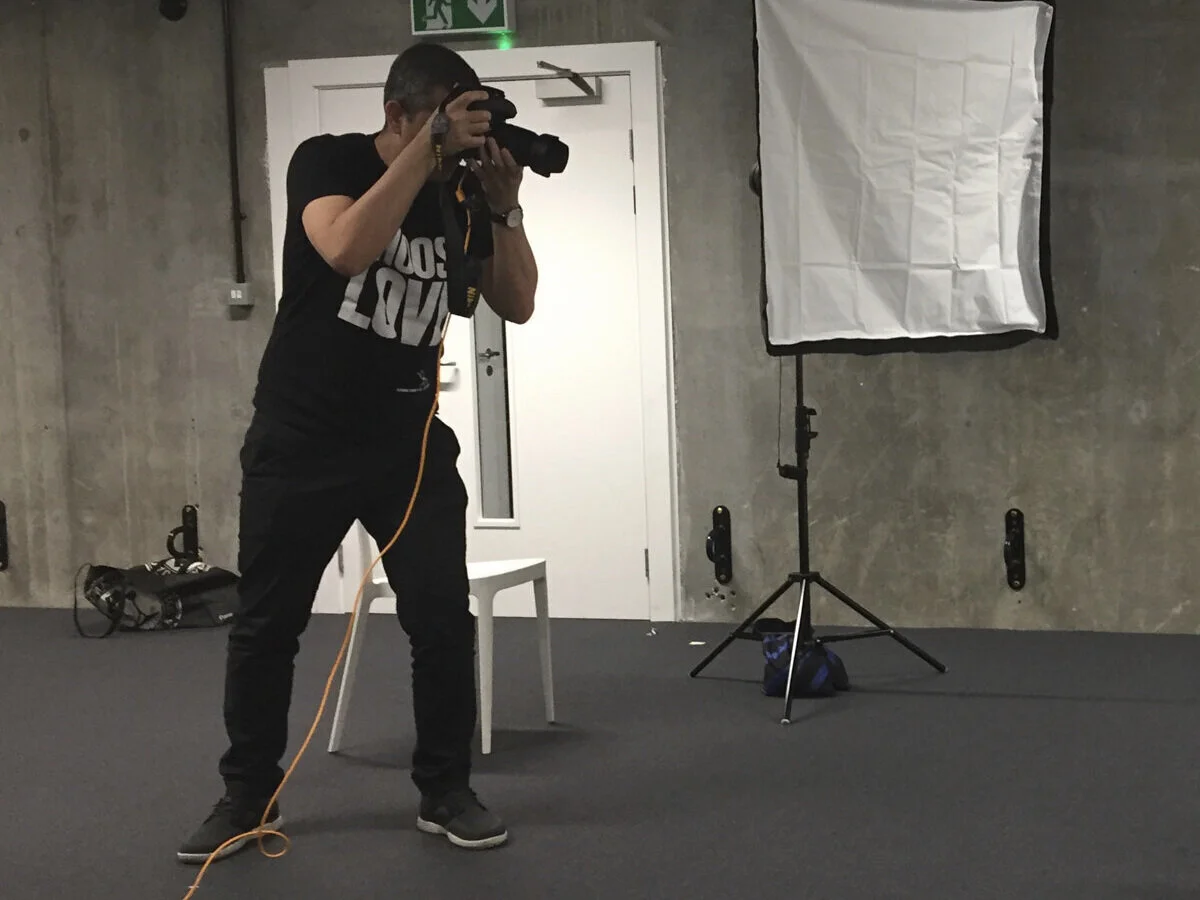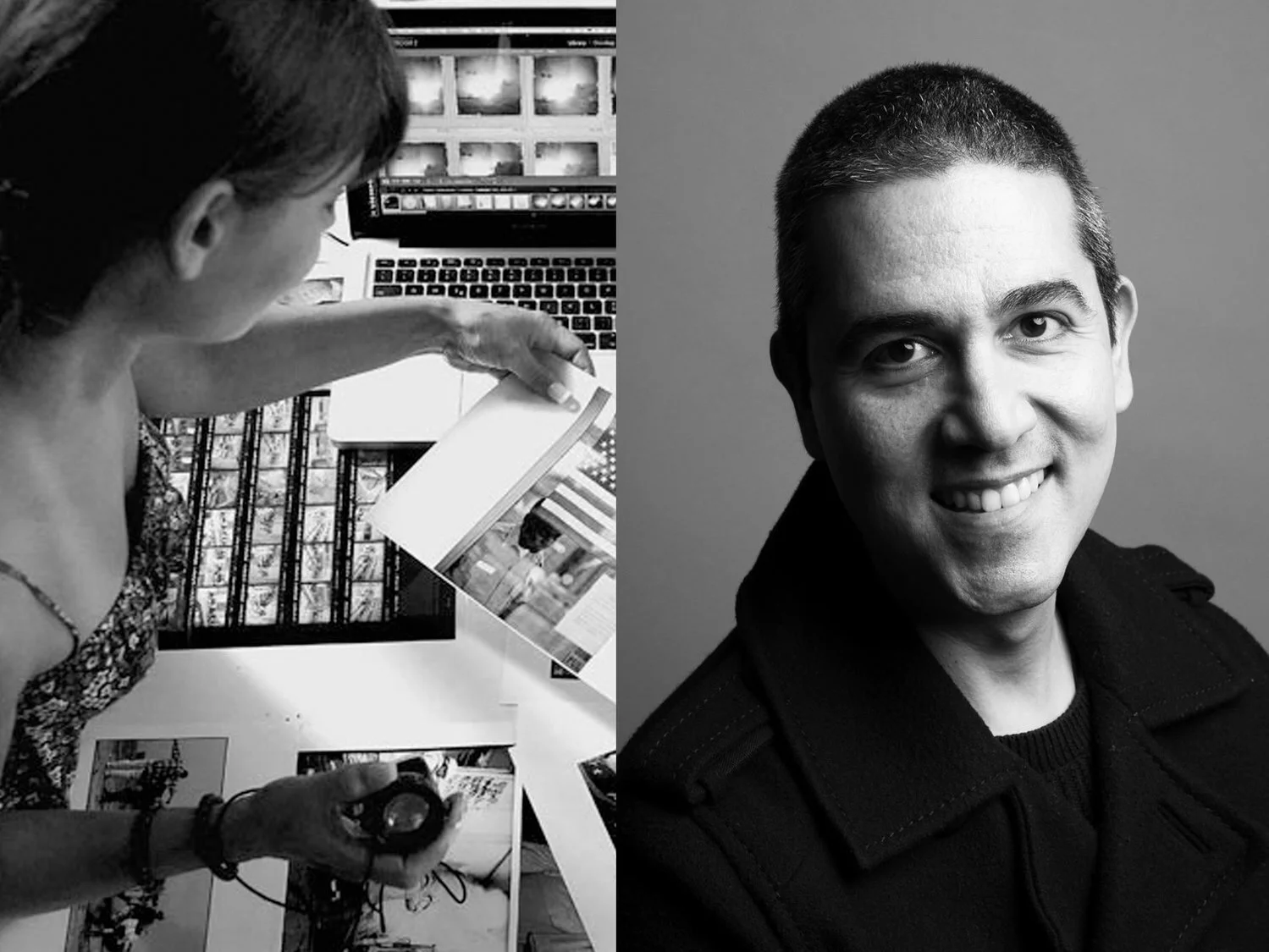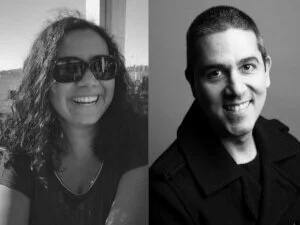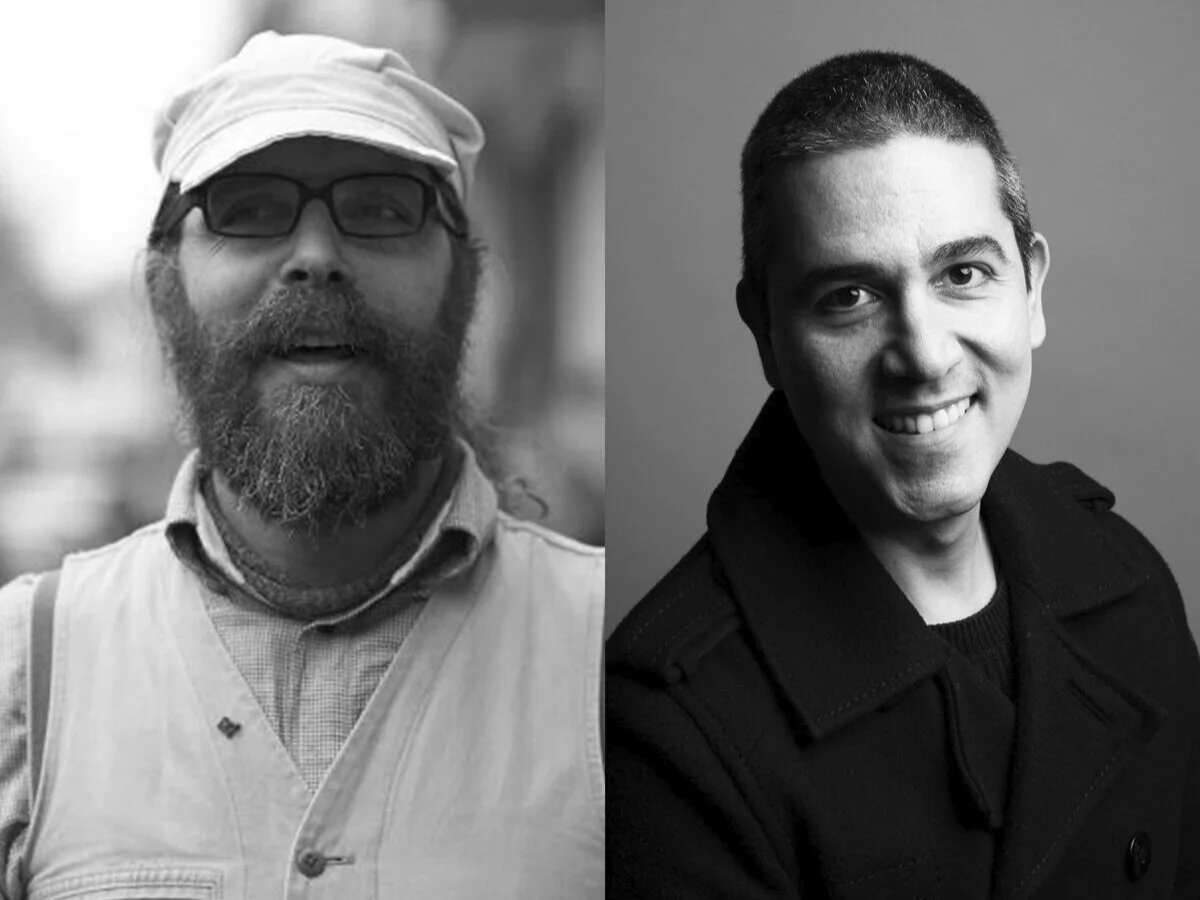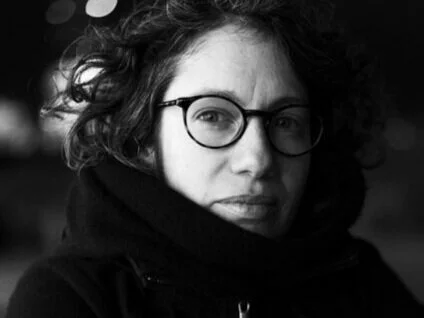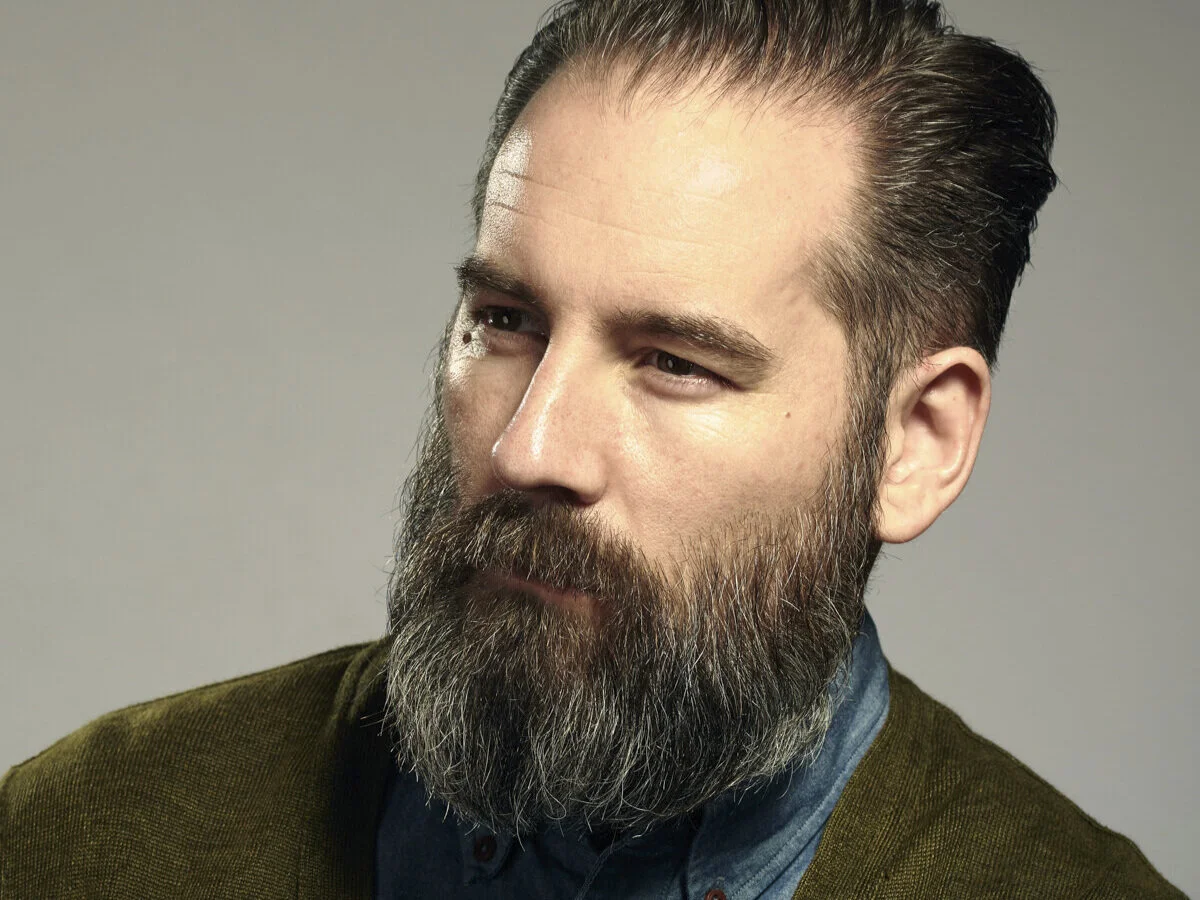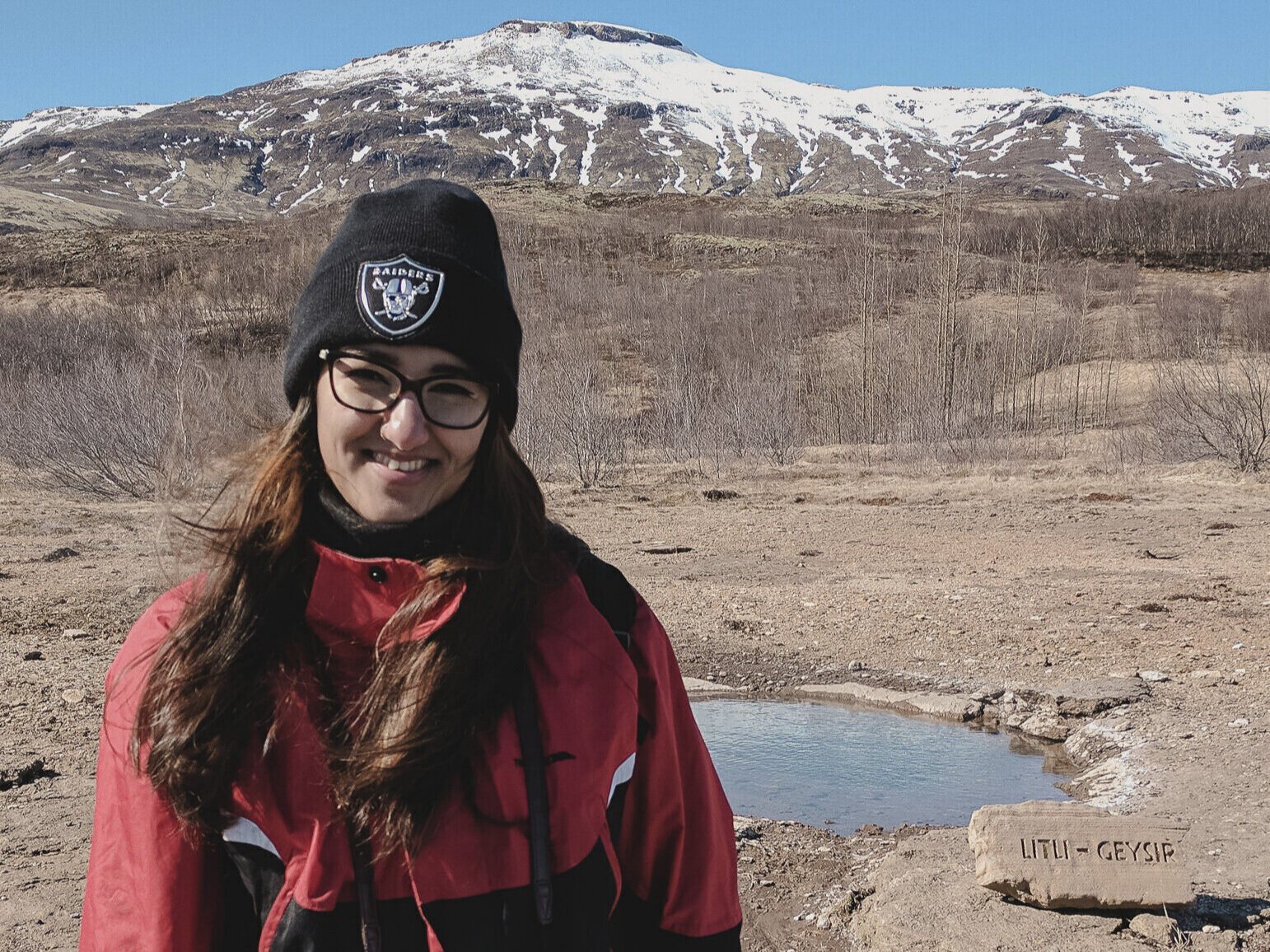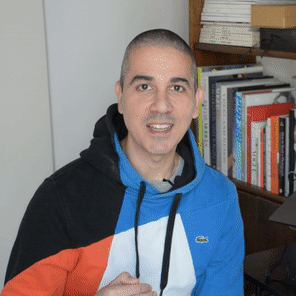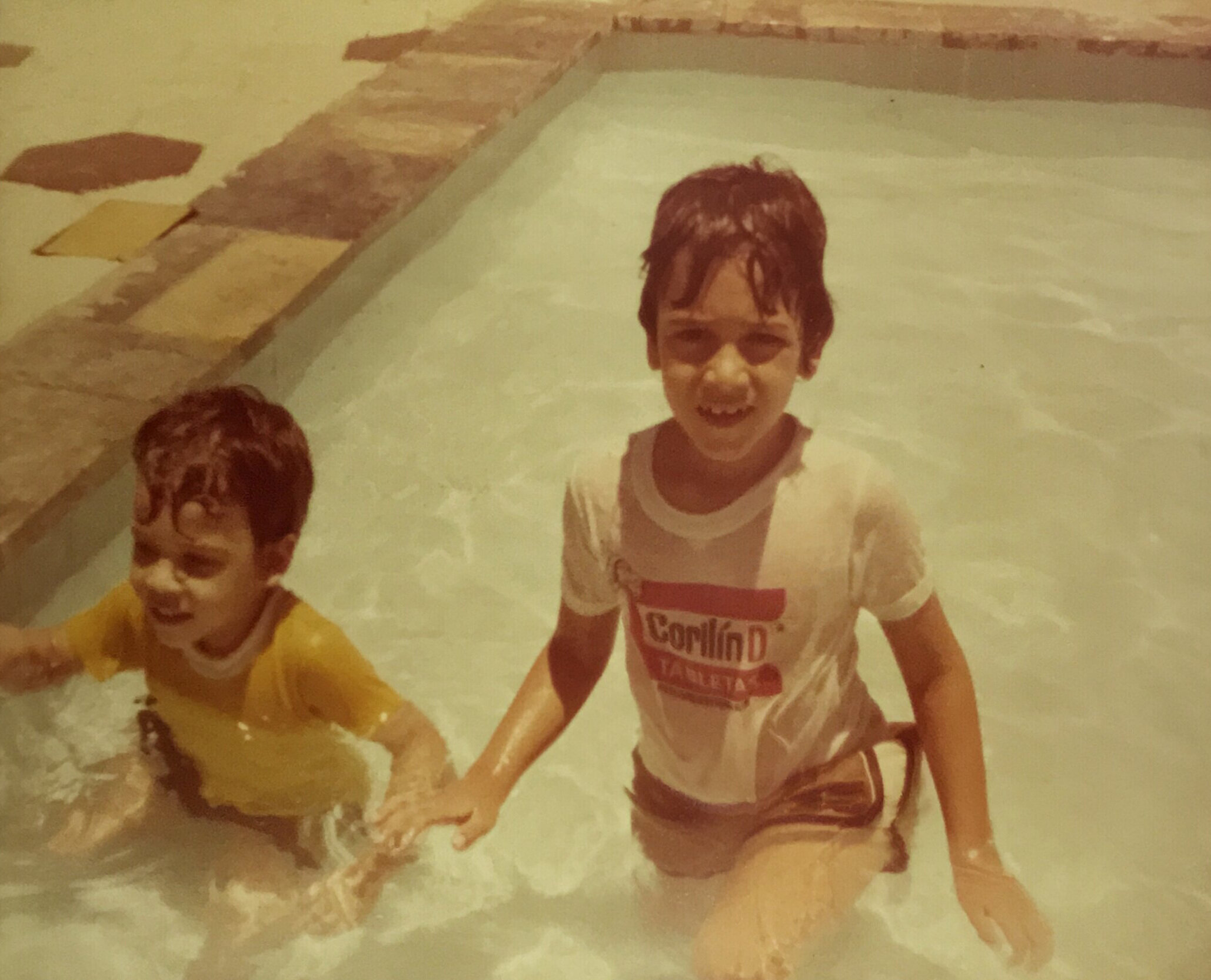This post is also available in audio form:
When I was in high school, I remember that one of the most expected events of the year was the moment the yearbook was released. The excitement of seeing your photo on print and reading what the people important to you had written was something to look forward to. However, I don't remember my school years to be a particularly good phase in my life. My memory of those years is clouded by a feeling of always being sad. There was too much going on in my personal life to be able to enjoy what were supposed to be the most enjoyable years of my life. I came out as gay in the late 80's amidst the AIDS epidemic and the fact that I grew up in a very close-minded country made things worse. It was definitely not an easy time for me. Nevertheless, I made it through. The same way that I've made it through this very challenging year. There is a lesson on resilience somewhere in there.
It has been a horrible year for humankind, but I refuse to let the pandemic stain the memory of the good things that happened this year that are worth celebrating. Thirty years from now, I don't want to look back at this year and only remember the sad moments. That's why I'm reclaiming 2020 by writing this post in the form of a yearbook. A post that I can look back to in a year, or ten, or in three decades and realise that in spite of everything that went wrong this year we managed to find a way to keep going.
These are some of the things that I choose to remember from the year 2020:
Mentor: As in previous years, in 2020 I continued mentoring both students and peers. One of my proudest moments this year was when one of my mentees scored an A+ in the project in which we had been working together.
Volunteer: in early 2020, I volunteered at the City YMCA homeless shelter with other members from Out For Good to put together care packages to be given to anyone who comes seeking shelter when they first arrive.
Guest Writer: during the first lockdown, I partnered with Partnership for Young London to write a piece for their blog which highlights the innovative ways we’ve been supporting our own and others’ mental health during the pandemic.
Creator: at the end of the first lockdown, I started my Patreon channel to share with my followers how I put my projects together. 6% of my patrons' support goes to a different charity each month.
Supporter: during Pride month, I ran a photography workshop for Say It Loud, an organisation committed to providing support and advocacy for LGBTQ+ refugees and asylum seekers in the UK.
Facilitator: I ran several workshops on photography and project management for the AOP, The Trampery, Republic and the Boxed Community.
Award-winner: I was awarded Silver in the AOP Photography Awards 2020 in the Fashion and Beauty category with my image entitled Spring Cleaning.
Documenter: I am currently working on a project with the Prince's Trust documenting one of their youth support programmes at the Waltham Forest College in Walthamstow, helping young people aged 16-25 to develop transferable skills that are essential to pursue a successful career in education or employment. Photo by Thais Verhasselt.
Moderator: a month ago, I moderated a panel discussion about what it means to work in the Creative Industries in support of the Aldridge Foundation, a charity that aims to inspire and equip young people with the skills they need to take control of their futures.
What good things happened to you this year that you want to remember in the future? Share them with me in the comments below.
Photo credit: I don’t know who took this photo of me but it was the year I graduated from high school.
Do you like what you just read? Consider becoming a patron on patreon.com/jccandanedo where you can learn more about my creative process and the stories behind my images. I’d love to have you as part of my Patreon community.
You can also subscribe to my weekly blog posts here! You may subscribe to the audio version wherever you get your podcasts.















